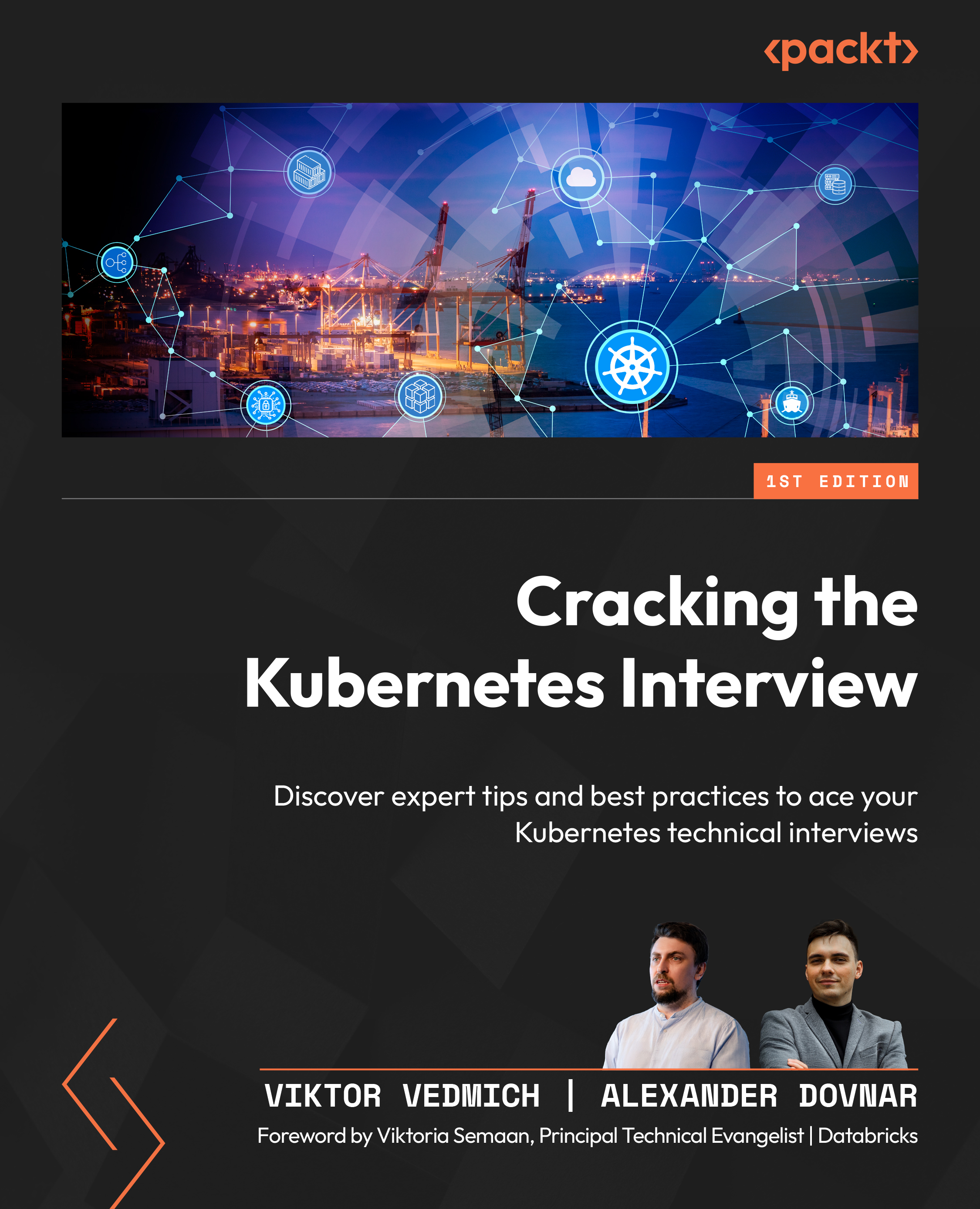Summary
In this chapter, we reviewed the key components and functions that form the foundation of a Kubernetes cluster. We dissected the architecture into its two main parts: the control plane and the worker nodes. You learned that the control plane acts as the brain of the cluster, with essential components like the API Server, etcd, the Scheduler, and various Controller Managers working together to maintain the desired state.
We then explored the worker nodes, the machinery where your applications run. We covered the roles of the kubelet, kube-proxy, and the container runtime. A key takeaway was understanding the modern shift from Docker to CRI-compliant runtimes like Containerd, and the deprecation of Dockershim, which simplifies the cluster’s architecture.
With this solid architectural foundation in place, we are now ready to move from the components of the cluster to running applications on the cluster. In the next chapter, we will explore the fundamental building...

































































